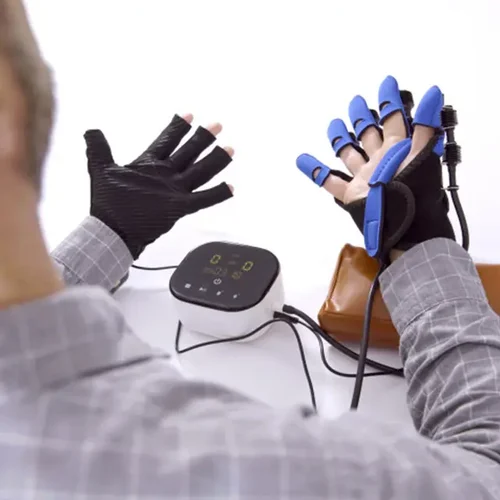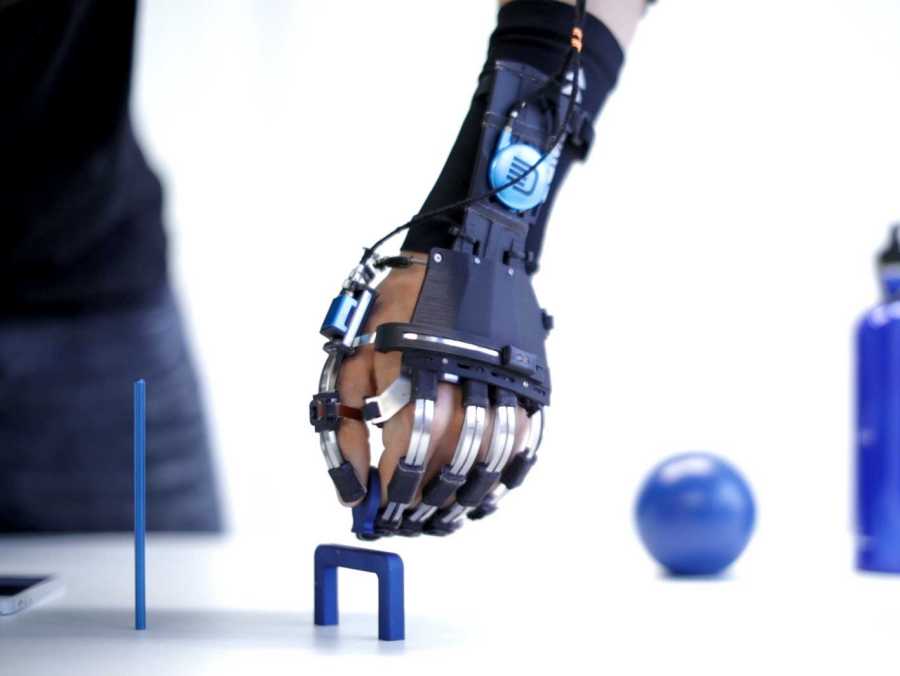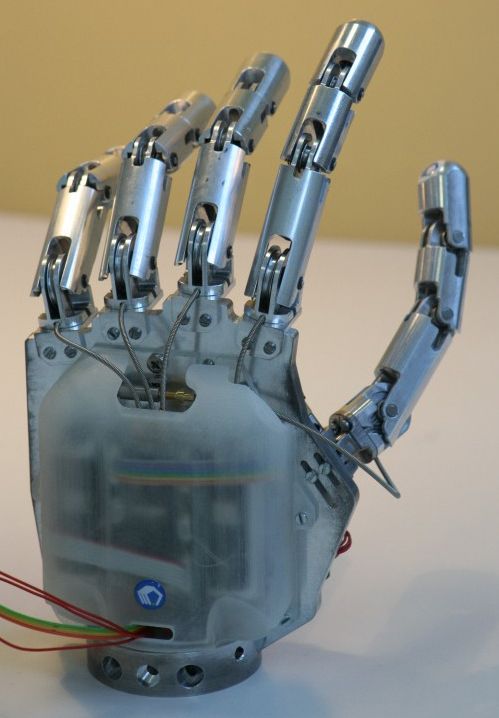What Robotic Hand Therapy Offers

How Robotic Hand Therapy Works
During robotic hand therapy sessions, patients wear a robotic device on the affected hand or wrist. The device provides controlled movements, guiding the hand through exercises that improve strength, flexibility, and coordination. The therapist adjusts the device to match the patient’s needs, progressively increasing the difficulty of tasks to challenge the patient’s recovery. Benefits include:
- Repetitive Motion: The robot ensures consistent, controlled movement patterns, which promote neuroplasticity—the brain’s ability to form new connections and repair itself.
- Personalized Exercises: Therapy sessions are tailored to target specific impairments and progress at a pace that suits each patient’s condition.
- Real-Time Feedback: The robotic system provides immediate feedback, helping patients track progress and stay motivated.
Conditions Treated with Robotic Hand Therapy
Robotic hand therapy benefits individuals with a variety of conditions, including:
Stroke Recovery:
Helps patients regain hand function, mobility, and strength following a stroke.
Hand Injuries:
Accelerates recovery from fractures, sprains, or tendon injuries in the hand or wrist.
Neurological Disorders:
Aids recovery for conditions like Parkinson’s disease, multiple sclerosis, and cerebral palsy.
Arthritis:
Helps reduce stiffness, pain, and immobility in hand joints due to arthritis.
Post-Surgical Rehabilitation:
Assists in restoring hand function after surgeries like tendon repairs or joint replacements



Benefits of Robotic Hand Therapy
Precision and Consistency:
The robotic device provides precise, consistent movements, crucial for patients needing repetitive exercises to regain motor function.
Increased Range of Motion:
Helps improve joint flexibility and hand movement, promoting independence in daily activities.
Strengthening:
Gradually strengthens hand and wrist muscles, making it easier for patients to perform tasks they may have struggled with before.
Neuroplasticity Enhancement:
Encourages the brain to form new pathways to improve hand function after neurological damage, such as after a stroke.
Accelerated Recovery:
Robotic hand therapy can reduce recovery time by offering intensive, focused therapy that accelerates healing and motor function restoration.
